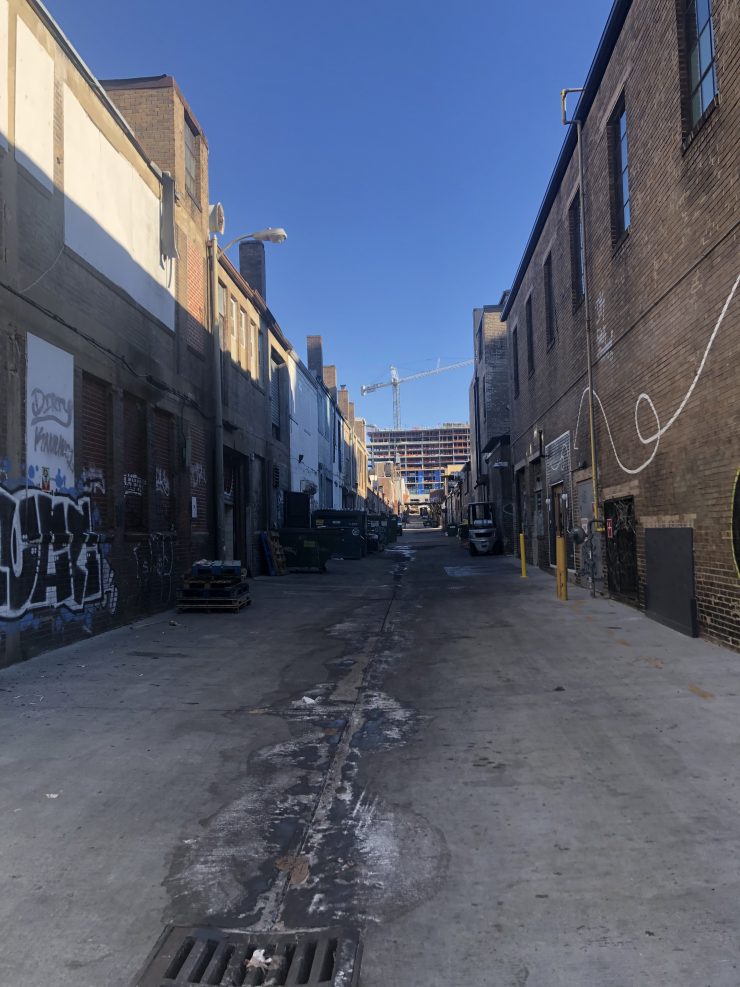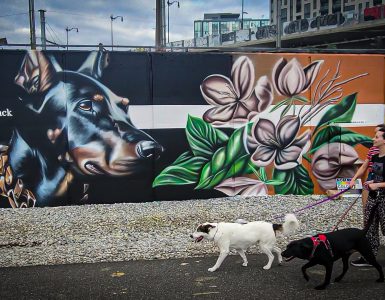The D.C. Council Subcommittee on Redistricting published three discussion maps on Monday “to foster a productive dialogue” about the redistricting process.
The move comes ahead of a Ward 6-focused redistricting hearing on Wednesday. The subcommittee will host a final citywide hearing on Friday.
None of the discussion maps propose moving NoMa out of Ward 6.
“Everything is on the table,” said Mark Jackson, a legislative aide for Councilmember-at-large Elissa Silverman, who serves as chairperson for the Subcommittee on Redistricting.
Recent census data shows NoMa’s population has exploded since 2010, contributing to the need to redistrict part of Ward 6 into Wards 7 and 8. Ward 6’s population grew 41.9% in the last decade, shooting up from 76,238 to 108,202, compared to Wards 7 and 8’s populations of 76,255 and 78,513 respectively.
Now Wards 6, 7 and 8 must all have their boundaries changed in order to rebalance their populations. Ward 6 needs to shed an estimated 18,000 residents and Wards 7 and 8 will need to gain at least 6,000 and 3,500 residents respectively.
If perfectly divided, each ward would have an estimated 86,193 residents, according to the D.C. Office of Planning. Federal law allows variation of up to 5% to avoid separating communities and to follow geographic boundaries, meaning all eight wards must fall between 82,000 and 90,000 residents.
The subcommittee launched Esri, an online mapping tool, to encourage residents to propose their own maps. This marks the first time that D.C. residents will be able to submit their own ideas on redistricting.
The subcommittee has received over 130 maps so far, according to Jackson.
Councilmembers Charles Allen, Vincent Gray and Trayon White, who represent Wards 6, 7 and 8, did not respond to multiple interview requests.
The census data makes one thing clear: the proportion of Black residents in D.C. is decreasing, while the proportion of White residents is increasing.
In 2010, D.C.’s population was 50% Black and 34.8% White. Now, just more than 40% of D.C.’s population identifies as Black, according to census data.
Despite the fact that NoMa will likely remain in Ward 6, these demographic changes, along with the maps, have some worried that redistricting will dilute minority voices as residents are shifted from Ward 6 to Wards 7 and 8. Wards 7 and 8 are lower-income and predominantly Black, while Ward 6 is wealthier and more White, according to the American Community Survey.
The redistricting subcommittee has been working with the Council Office of Racial Equity to address issues of race and diversity, Jackson said.
The Council Office of Racial Equity declined to comment, saying that the office does not speak with the press about its Racial Equity Impact Assessments while working on the REIA itself.
Advisory Neighborhood Committee Chairperson Sydelle Moore (SMD 5D05) issued a statement to the D.C. Council criticizing many of the proposed maps.
“This move would only serve to exacerbate inequities and target black and brown residents for consolidation into fewer wards in order to dilute the community’s political power,” Moore wrote.
“If you move a bunch of wealthy White people into Wards 7 and 8, to be blunt, they might not have as much representation,” Jackson said, adding that it could improve the economies of those areas.
Jackson said there is a misconception among residents that the redistricting process is secretive, but the subcommittee has been working to include residents’ voices and consider their solutions. These considerations contributed to the decision to launch Esri.
Documents the subcommittee released have emphasized that redistricting is a “transparent process centered on community input.”
The subcommittee will begin markups of the redistricting bill in mid-November. The full council will vote on the bill in December.















Add comment